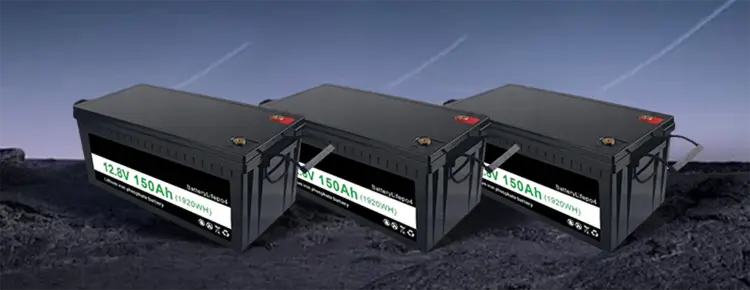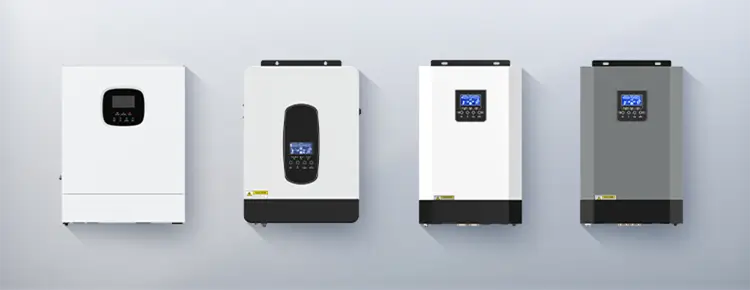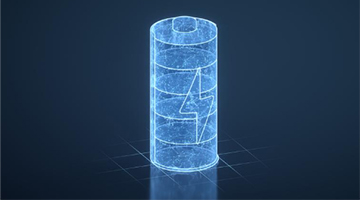



Blog
Hot Category
Latest Blog
09 Apr 2025
Flora
When deciding whether to buy a LiFePO4 (lithium iron phosphate) or Li-ion (lithium ion, usually lithium polymer LiPo) portable power station, you need to consider the characteristics, usage scenarios and long-term needs of both. Here are the key comparisons and suggestions:

LiFePO4 Battery Advantages
High safety: The structure is stable and it is not easy to catch fire or explode
when exposed to high temperature, overcharging or short circuit. It is
especially suitable for outdoor or high-load scenarios.
Long cycle life: up to more than 2000 charge and discharge cycles (capacity
retention rate ≥ 80%), lower long-term use cost.
Environmental protection: It does not contain heavy metals (such as cobalt), the material is
recyclable and more environmentally friendly.
Good low temperature performance: Stable operation within the range of -20°C
to 60°C, suitable for cold or hot environments.
No memory effect: Can be charged at any time without fully discharging, more flexible
to use.
Li-ion (LiPo) battery advantages
High energy density: The volume energy density is about 20% higher than that of LiFePO4,
which is suitable for scenarios that require lightweight and high power output.
High discharge rate: supports higher current output (such as 50C-70C), suitable for
short-term high-power equipment (such as drones, power tools).
Low self-discharge rate: monthly self-discharge rate is about 1%-2%, which is more stable for
long-term storage.
Outdoor activities/emergency backup: LiFePO4 is preferred. Its long life, high safety and low temperature
adaptability make it more suitable for frequent use or extreme environments.
Powering high-power equipment: If a short-term high current is required (such as welding machines,
high-power lamps), Li-ion can be considered, but attention should be paid to
heat dissipation and charging management.
Daily household/car backup: LiFePO4 is better because of its long cycle life, lower long-term
use cost, and higher safety.
Initial cost: LiFePO4 battery packs are usually 10%-20% more expensive than
Li-ion, but due to their long life, the long-term total cost is lower.
Maintenance requirements: LiFePO4 does not require complex maintenance, while Li-ion must
strictly avoid overcharging/over-discharging, and has higher requirements for
BMS (battery management system).
LiFePO4 dominates the portable power
station market: Data from 2024 shows that the
installed capacity of LiFePO4 in new energy vehicles and energy storage has
surpassed that of ternary lithium batteries for three consecutive years, and
its technical maturity and safety are more recognized.
Recommended brands and models: I recommend our YDESS products, such as YD-T20
Portable Power Station with AC Outlet 2400w 2016Wh, which has high power
and energy, can well guarantee our daily use, has super high cost performance,
and relieves electricity anxiety.
Conclusion and Recommendations
Choose LiFePO4: If you focus on safety, lifespan, environmental protection and
long-term cost, and the usage scenario involves outdoor or frequent charging
and discharging, LiFePO4 is a better choice.
Choose Li-ion: Only consider it when you need extreme lightweight, high power
output and low frequency of use, and you need to strictly follow the charging
specifications.
Final decision: For most users, especially for home backup or outdoor scenarios,
LiFePO4 portable power station is a more stable and economical solution.